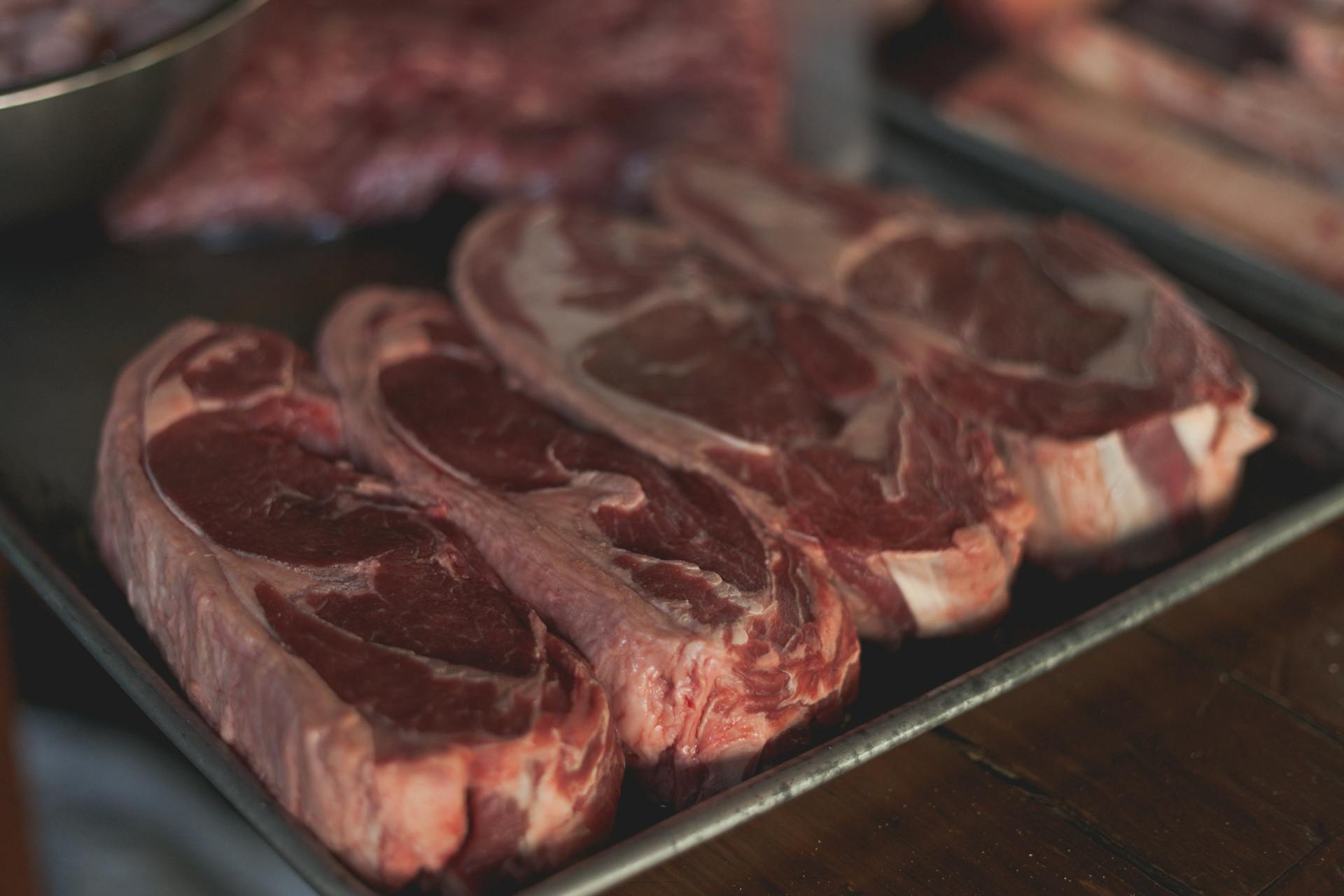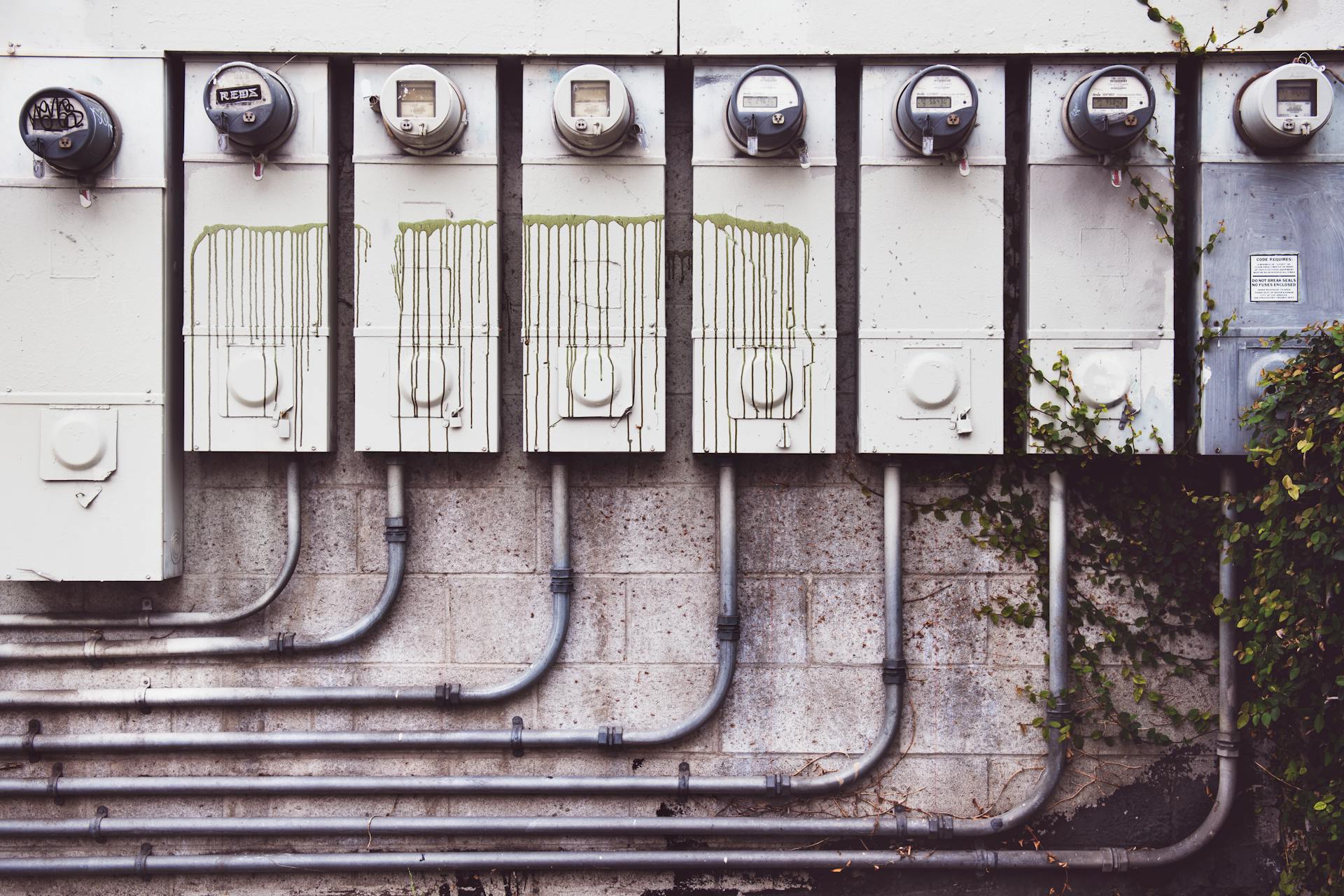U.S. News
22 Everyday Essentials That Got Pricier During Biden’s Presidency
By Jake Beardslee · December 22, 2024



Here are 22 items that saw noticeable price increases during Biden’s presidency: The White House / Wikimedia

Eggs
Prices soared due to inflation and a devastating avian flu outbreak that decimated chicken populations, leading to supply shortages. Estudio Gourmet / Pexels
Milk
Increased production and transportation costs pushed milk prices higher, leaving families feeling the pinch. Rlsheehan / Wikimedia
Chicken
Rising feed costs and labor shortages caused chicken prices to jump, making even simple meals more expensive. Leelo The First / Pexels
Beef
Premium cuts of beef saw sharp increases, with ranchers citing droughts and higher feed prices as contributing factors. Los Muertos Crew / Pexels
Bread
Wheat prices spiked due to global supply chain disruptions, making bread and other baked goods more costly. cottonbro studio / Pexels
Coffee
Coffee futures surged as a result of weather issues in Brazil and supply chain delays, adding pressure to morning routines. Igor Haritanovich / Pexels
Gasoline
Gas prices skyrocketed, hitting a national average of $5 per gallon at one point, driven by supply chain issues and global energy instability. Engin Akyurt / Pexels
Electricity
Utility bills climbed as energy production costs rose, affecting nearly every household. Tim Mossholder / Pexels
Natural Gas
The cost of heating homes jumped, particularly in colder regions, as demand outpaced supply. Loïc Manegarium / Pexels
Rent
A housing shortage and increased demand caused rents to rise steeply, leaving many Americans struggling to afford shelter. Kindel Media / Pexels
Used Cars
Semiconductor shortages for new vehicles drove up demand for used cars, creating an unprecedented spike in prices. Tom Fisk / Pexels
Airfare
The cost of jet fuel and pent-up demand for travel led to sharp increases in ticket prices. Pixabay / Pexels
Furniture
Supply chain bottlenecks caused delays and price hikes for couches, tables, and other household essentials. Pixabay / Pexels
Building Materials
Lumber prices more than doubled during parts of Biden's presidency, making renovations and new builds significantly pricier. Pok Rie / Pexels
Prescription Drugs
Rising production and distribution costs for pharmaceuticals contributed to higher healthcare expenses. Pixabay / Pexels
Household Cleaning Supplies
Cleaning staples like paper towels and sanitizers became more expensive due to raw material shortages. Kaboompics.com / Pexels
Toiletries
Essentials such as toothpaste, shampoo, and deodorant saw consistent price increases, partly due to packaging costs. AS Photography / Pexels
Clothing
Apparel costs rose as manufacturing and transportation expenses trickled down to consumers. Willo M. / Pexels
Dining Out
Restaurants increased prices to manage higher food and operational costs, making dining out more expensive. Valeria Boltneva / Pexels
Cooking Oil
Prices for essentials like vegetable and olive oil increased significantly due to disruptions in global agricultural production and rising transportation costs. RF._.studio / Pexels
Pet Food
Feeding furry friends became more expensive as the cost of raw materials, packaging, and transportation surged, leading to higher prices across the board. Cup of Couple / Pexels